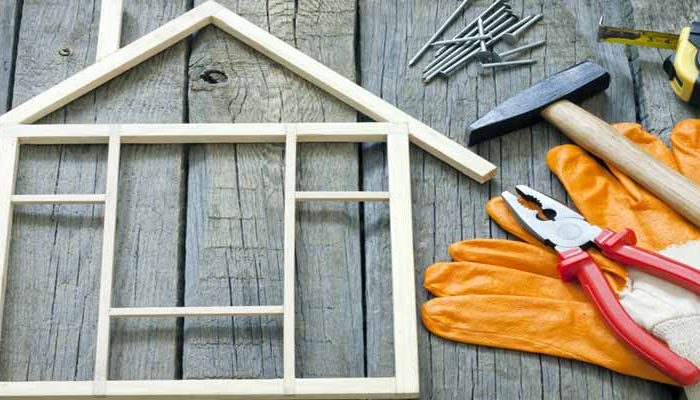There is no doubt about it; renovations can be expensive, and many people find their renovation budget is simply shot to pieces by the time they’ve finished. But renovating the house can save the costs and effort of moving to another one.
To avoid a budget blowout, it is important to plan out your renovation carefully, costing each stage and component and not making any changes to the plans halfway through. Experts tell us that there is a time to save and a time to splurge. Knowing which and when can save you heaps.
What to splurge on
The time to splurge is when something essential to your home needs repair or an upgrade. Often, this may not even be visible. For instance, if you renovate some part of the home and come across subpar structural elements. Or you might be tempted to save on the cost of joists and bearers or, indeed, electrical or plumbing. Don’t do it.
We spoke to local plumbing outfit plumbitright.com.au about the sort of issues home renovators run into when they try to skimp on cheap plumbing options.
According to them, low-quality PVC pipes often crack under pressure or during temperature changes, leading to hidden leaks inside walls that can cause thousands in water damage before they’re discovered. They’ve seen countless cases where cheap tap fittings failed within months, with washers deteriorating and internal components corroding, resulting in constant drips or complete failure.
They also pointed out that budget hot water systems typically have shorter lifespans and thinner storage tanks that are more prone to rusting through. In many cases, homeowners end up paying twice – first for the cheaper installation, then again for proper repairs when problems surface. This doesn’t even account for the water damage to walls, floors, and ceilings that often comes with plumbing failures.
Your home must meet all the local building standards requirements to be safe. It will not be passed if you don’t do it properly, but even more importantly, it may not stand up to the next big storm. Investing in good quality systems such as water, gas, and air-conditioning can save you more in the long run, as better quality units last longer and require less maintenance.
False savings
Having your roof blow off because you didn’t want to spend the money to build it properly will cost you more than doing it properly in the first place. Getting an unlicensed plumber to ‘fix’ that plumbing can cost more in the long run, so getting a proper residential plumbing expert to start with will save you more in the long run. The same goes for any other kind of renovation. So, just where should you try to save?
Where to save
Saving can best be done by choosing things such as tiles with care. Most really expensive tiles are more attractive than the plain ones. You don’t have to go without entirely; often, having just a few costly tiles interspersed with plainer ones shows them up to better effect – and saves a great deal of money.
Recycling can help
Sometimes, you can save on furniture and other renovation elements if you love recycling. There are many bargains to be found at recycling shops for building supplies. Doors, windows, countertops, towel rails, tiles, shelving and many other things taken out of homes that are being pulled down might be just right for your renovations. But be sure to take the measurements you need before you go looking.
So by spending where you have to and saving where you can, those renovations are sure to be successfully completed with your budget still intact. That way, you won’t have to worry about not being able to finish what you started, or feel guilty that you did the wrong thing or spent more than you could afford.

